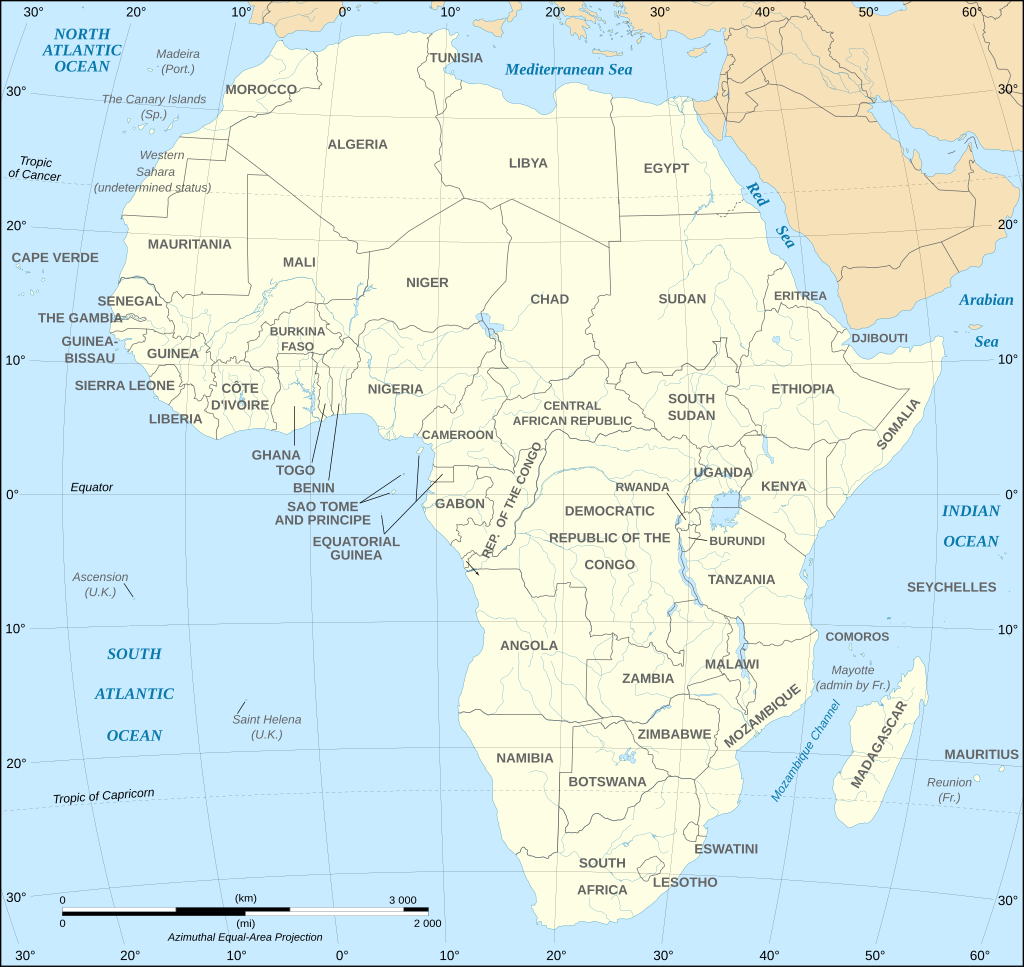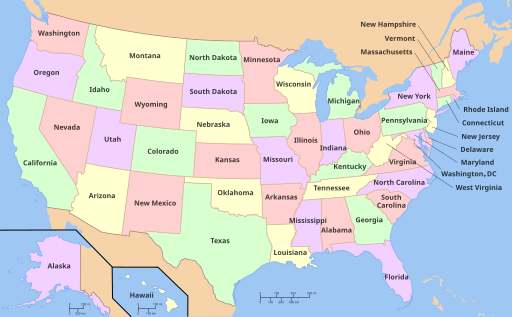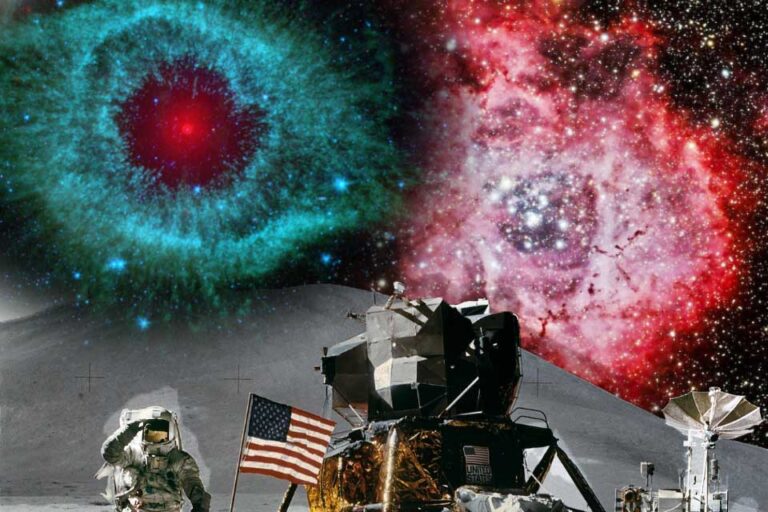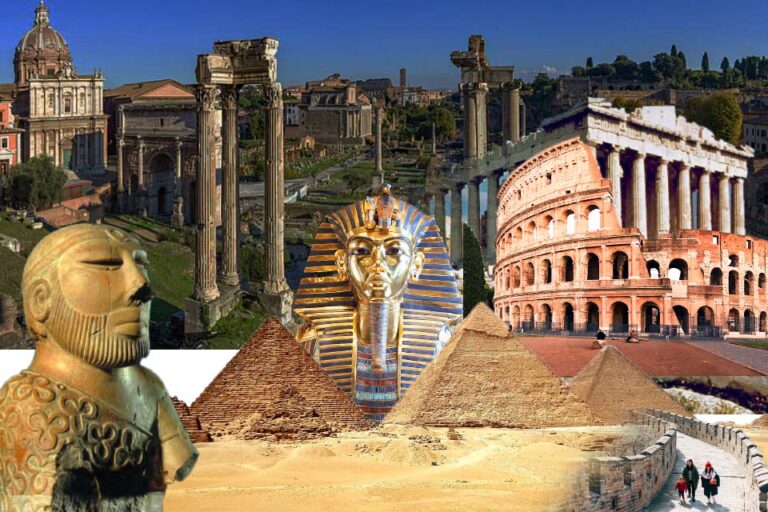15 amazing and interesting true facts around us in the world
In this article, we’ll explore the mysteries surrounding pyramids, blood vessels, islands, and more. Get ready to expand your knowledge and discover fascinating insights into the world around us. Learn about Japan’s vending machine abundance, the absence of the letter “Q” in U.S. state names, and the hidden purpose of the tiny pocket in jeans. Delve into linguistic curiosities, cinema history, and animal abilities. Here are the 15 amazing and interesting true facts around us in the world.
Contents
Toggle15 amazing and interesting true facts

#1. SUDAN - country with the largest number of pyramids
Sudan is home to the largest number of pyramids in the world. Located in the ancient kingdom of Kush, these lesser-known pyramids showcase a unique blend of Nubian and Egyptian architectural styles. Sudan is estimated to have around 220 pyramids, making it the country with the largest number of pyramids in the world outside of Egypt. These pyramids are found primarily in the regions of Meroe, Jebel Barkal, and Nuri, representing the ancient Kingdom of Kush and its rich historical heritage.
#2. Blood vessels are 60,000 miles long
The total length of blood vessels in the human body can vary depending on factors such as age, sex, body size, and individual variations. However, it is estimated that the total length of blood vessels in an average adult human body is around 100,000 kilometers or approximately 60,000 miles. This vast network of blood vessels includes arteries, veins, and capillaries, which transport blood throughout the body to supply oxygen, nutrients, and remove waste products.
#3. AFRICA - Continent that has parts in each of the four Hemispheres
Africa is the continent that has parts in each of the four hemispheres of the Earth. The prime meridian, which is the starting point for measuring longitude, passes through Africa, dividing it into eastern and western hemispheres. The equator, which is the starting point for measuring latitude, also crosses through Africa, dividing it into northern and southern hemispheres. Therefore, Africa has regions that lie in the northern, southern, eastern, and western hemispheres.
#4. Cornea - an organ without blood vessels
The cornea, which is the transparent front part of the eye, is an organ that does not contain blood vessels. It receives nutrients and oxygen directly from tears and the aqueous humor, a clear fluid inside the eye. This lack of blood vessels helps maintain the cornea’s transparency and clarity, allowing it to function properly in refracting and focusing light onto the retina at the back of the eye.
#5. SWEDEN - Country with the most islands
Sweden is commonly regarded as the country with the most islands. It has an estimated total of approximately 267,570 islands, although the exact number can vary depending on the criteria used to define an island. The archipelagos of Sweden, such as the Stockholm Archipelago and the Gothenburg Archipelago, contribute significantly to this impressive count. These islands offer breathtaking landscapes, diverse wildlife, and a unique coastal experience for visitors and locals alike.
#6. JAPAN - One vending machine for every 23 people
This is really amazing and interesting but true fact: According to available statistics, as of 2021, Japan had approximately 5.5 million vending machines, which equates to roughly one vending machine for every 23 people in the country. These vending machines offer a wide variety of products, including beverages, snacks, cigarettes, and even fresh produce in some cases.
#7. The letter "Q" does not appear in the name of any U.S. state
The letter “Q” is absent from all U.S. state names. While other letters like “Z” and “X” are rare, “Q” is the only letter that does not appear in any of the 50 state names. Whether it’s Alaska, California, or New York, the letter “Q” doesn’t find its place. This intriguing linguistic detail adds to the diversity and uniqueness of the U.S. state names.
#8. Tiny pocket in jeans was to store pocket watches
The tiny pocket found in jeans, typically located within the larger front pocket on the right side, is commonly known as a “watch pocket” or “coin pocket.” Its original purpose was to provide a secure place to store pocket watches, which were popular during the time jeans were first introduced. However, as pocket watches became less common, the tiny pocket’s functionality has evolved. Nowadays, it is often used to hold small items such as coins, keys, or small accessories like earphones or lip balm.
#9. No Number Before 1,000 Has the Letter "A"
In English, the names of numbers from one to one thousand (1-1,000) don’t have the letter “A.” It means that when we say these numbers, we don’t use the letter “A” in their names. This pattern is consistent for all the numbers in this range, making it an interesting feature of the English number system.
#10. Movie trailers originally played after the movie
Movie trailers actually originated by playing after the movie, not before it. In the early days of cinema, trailers were shown after the main feature. This allowed viewers to see upcoming film previews and get an idea of what films they could look forward to in the future. However, it was later discovered that audiences were leaving the theater after the movie ended, missing the trailers. As a result, trailers were moved to the beginning of the movie to ensure they received more visibility and attention from viewers.
#11. Giraffe tongues can be 20 inches long
Indeed, giraffe tongues are known to be quite long, measuring around 20 inches (50 centimeters) in length. Their lengthy tongues are not only impressive but also serve a practical purpose. With such long tongues, giraffes can easily reach leaves and buds on tall trees, which constitute a significant portion of their diet. This adaptation allows them to feed on foliage that is out of reach for many other herbivores, making the giraffe a specialized browser in their natural habitat.
#12. Crocodiles cannot stick their tongues out of their mouths
No, crocodiles cannot stick their tongues out of their mouths like humans can. The anatomy and structure of a crocodile’s tongue are different from that of humans. Unlike our flexible tongues, a crocodile’s tongue is relatively immobile and firmly attached to the roof of its mouth by a membrane. This adaptation is not designed for protrusion or movement outside of the mouth. Crocodiles primarily use their tongues for manipulating prey and swallowing food rather than for tasks like tasting or licking as humans do.
#13. Elephants can not Jump
No, elephants are not capable of jumping. Due to their large and heavy bodies, elephants are not built for jumping like other animals such as kangaroos or rabbits. Their size and weight make it physically difficult for them to lift all four feet off the ground simultaneously in a jumping motion. However, elephants possess remarkable strength and agility in other ways, such as their ability to walk, run, swim, and use their trunks for various tasks.
#14. Humans have jumped farther than horses in the Olympics
While it is true that humans have achieved greater jumping distances than horses in Olympic events, it’s important to note that humans and horses compete in different types of jumping competitions. In the Olympic Games, humans participate in long jump events, where they aim to jump the farthest distance horizontally. Horses, on the other hand, participate in equestrian show jumping, where they navigate a course of fences and obstacles. Comparing the jumping distances between humans and horses in these different events is not straightforward, as they involve different techniques, contexts, and physical capabilities.
#15. The British Empire - The largest empire in world history
The British Empire was the biggest empire ever. It was huge, covering many places all over the world. At its height, it controlled about 23% of the world’s land and ruled around 458 million people. The empire included countries like India, Canada, Australia, and many others. It grew because of things like trade, colonization, and exploration. However, there were other big empires too, like the Mongol Empire and the Spanish Empire.















8 Comments